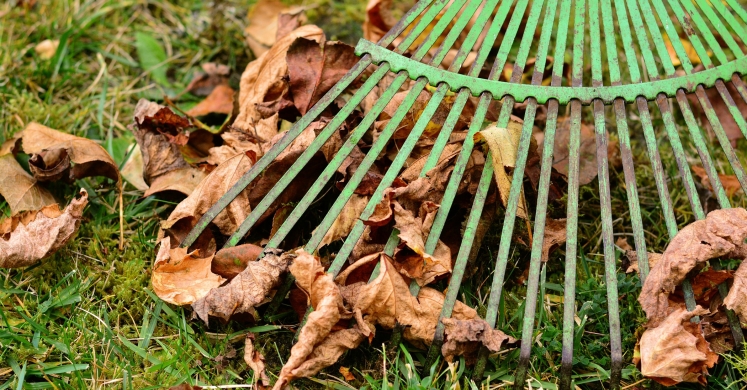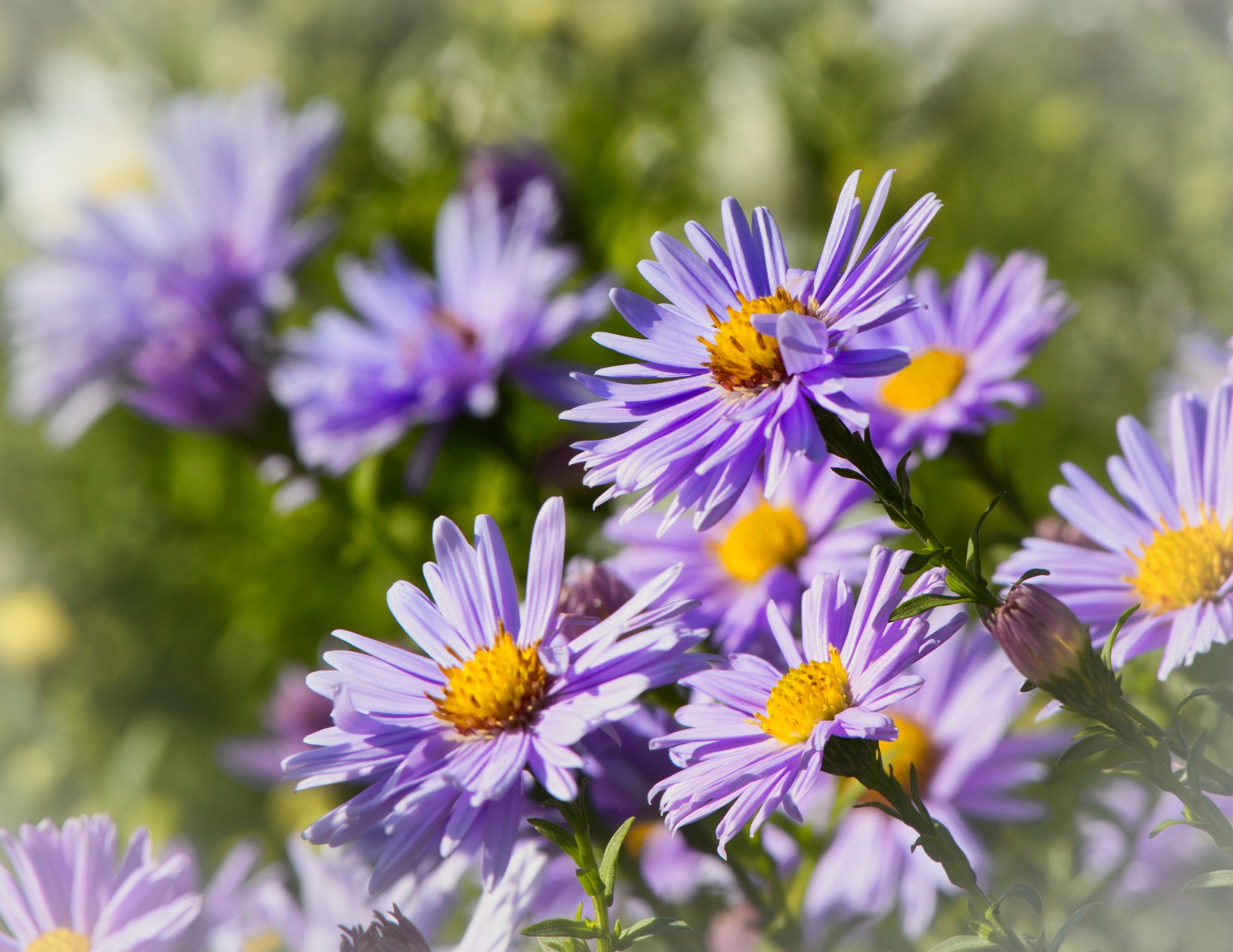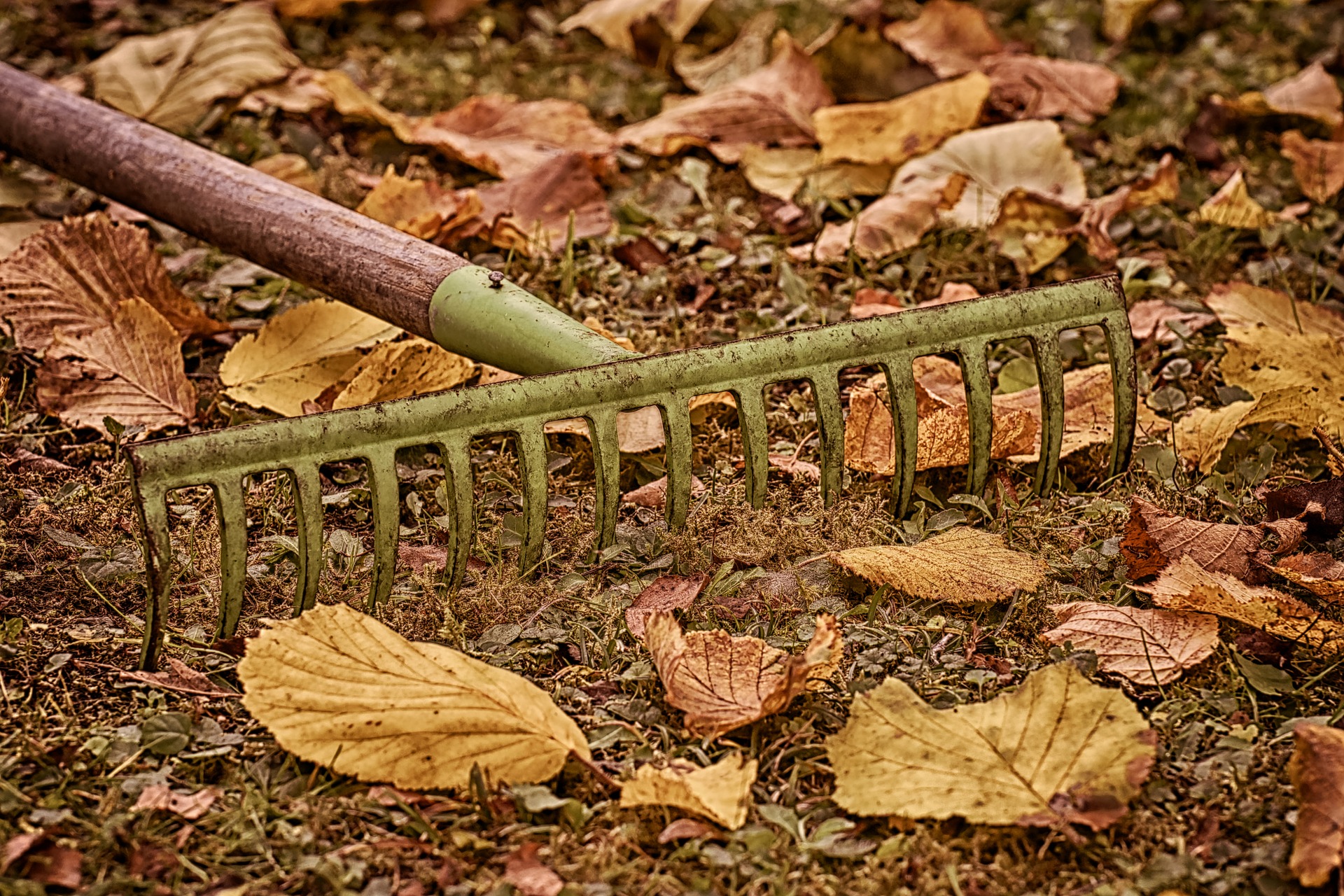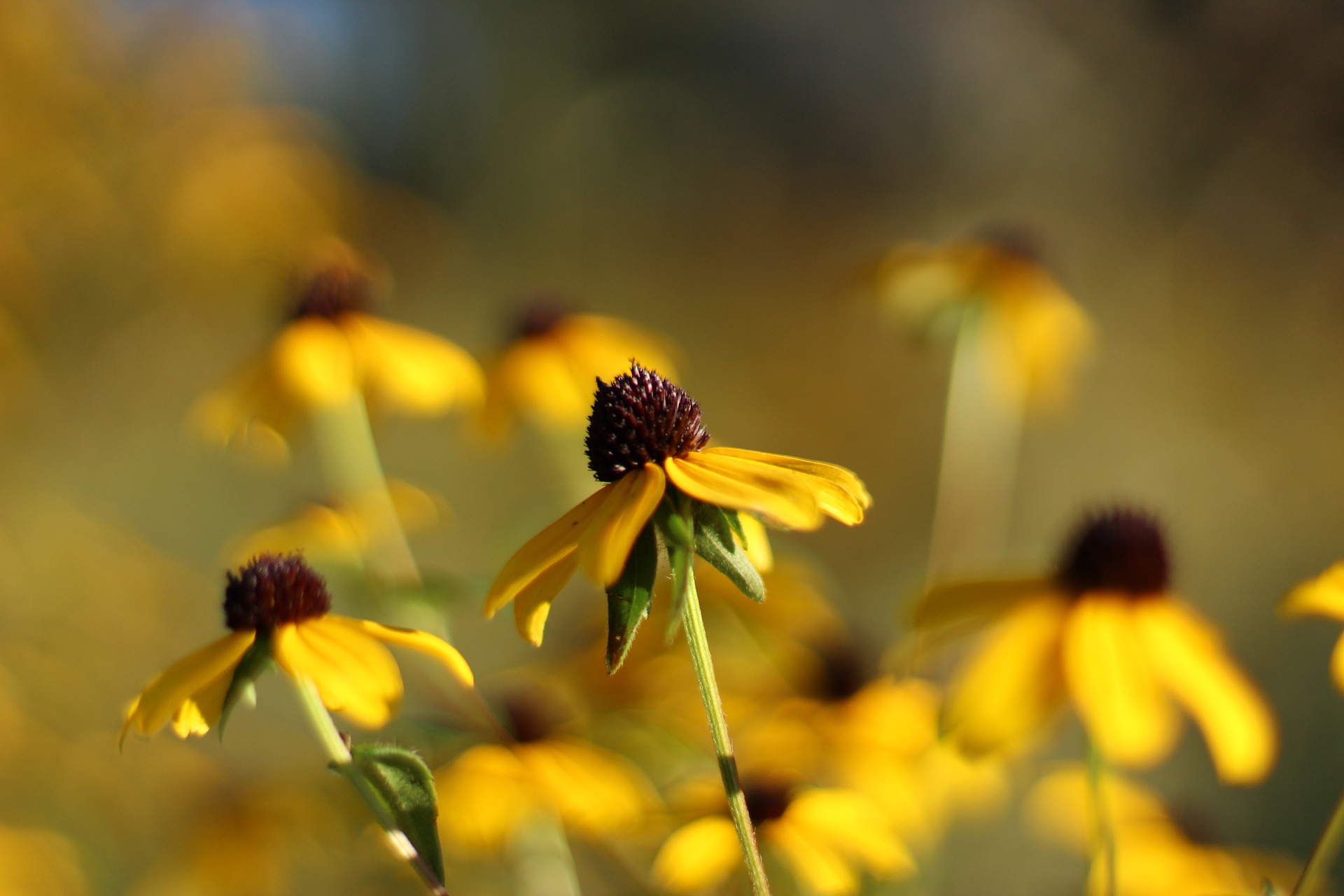Blog

Fall Gardening Tips
Perennials
We learned from examples of Piet Oudolf’s gardens in the film Five Seasons that perennial gardens left untouched through the fall and winter can be a beautiful sight! Leave ornamental through the winter and cut back in early spring. The yellowing leaves look lovely through the winter and remind us of the beautiful garden that will awaken in the spring. Leaving grasses and perennials through the winter can also be beneficial to birds and insects and the plants themselves.
Spent stems of perennials plants can act as umbrellas, catching snow and protecting plants from ice through the winter. The dead plant material is a mulch buffering the dormant plant from harsh winter conditions. In fact cutting plants back too soon can rob them of energy stores through the winter as plants move energy from their stems down to their roots in the autumn months.
These stems and grasses are resting sites for birds and other beneficial critters. Hollow stems become homes for native bees that create nests in them in the spring. Perennial seed heads such as Echinacea and Rudbeckia provide food for birds through the winter.
Of course, gardeners should always be aware of diseased plants. If spotted this fall, remove them from the garden and do not compost. Leave any healthy stems and prune out the affected areas. Fall is a great time to battle invasive and aggressive plants as they have less energy and will have a harder time re-growing at this time of year. Definitely, be sure to cut back flowering invasive plants so they do not spread more via their seeds.

To Leave or Not to Leave?
We say leave the leaves! Not only do fallen leaves feed the soil (think of it as nature’s fertilizer), they provide places for beneficial insects to overwinter. Leaf litter is a home for pollinators, caterpillars of moths and butterflies and bees that stay safe and hidden through the winter months, some feeding on leaf litter. Leaves left in the garden are feeding sites for birds that will sort through them looking for winter snacks. Leaves are an excellent mulch and when they finally break down (with the help of insects and microbes) you have a rich humus that provides nutrients to the soil.
Be careful to remove thick layers of leaves that may be smothering perennials. And remove leaves from the base of diseased or pest prone plants (such as fruit trees and annual vegetables) in order to deter the overwintering of these ills.

Other Gardening Tasks
- Continue to water and weed as necessary through the fall.
- Take notes on what you want to try next year. What needs to be moved or divided? Which plant would work perfectly in a particular spot? Divide spring- and summer-blooming perennials, such as bleeding hearts, geraniums and daylilies.
- Bring houseplants back inside before temperatures drop. First, wash them off with a strong spray of water from the garden hose to remove any insect pests.
- Plant new lawn areas, over-seed, aerate or de-thatch the lawn now; it's the best time of year for these projects.
- Plant spring bulbs; try something new along with the old standbys.
- Do your soil tests now, so you’ll be prepared to properly amend the soil in the spring. Penn State soil test kits are available at many nurseries and garden centers as well as at Phipps.
- Make a list now of gardening chores you need to perform in early spring and beyond. You may forget all your great ideas over the long winter.
- Clean gardening tools, then coat with linseed oil.

Vegetable Gardening
In early fall, it tends to be drier and still hot and because plants are more established, it’s easy to assume you don’t need to worry about watering. But continue to monitor your garden and water when necessary, especially for newer plantings and any seeds.
Harvest your herbs heavily in August and early September then only lightly after that, so that plants can recover for survival through the winter. Dry herbs for later use and be sure to can up tomatoes and other vegetables. Make salsa and sauces to be used in the winter when fresh vegetables are sorely missed. Harvest sweet potatoes, potatoes, turnips, and other storage crops. Harvest green tomatoes in October before first frost; make fried green tomatoes or let them ripen in a cool location inside.
Add a fresh layer of compost to beds that will be planted this fall. You can plant a late crop of kale, collards, lettuce, beets, spinach, peas and radish in early September. Garlic can be planted now until early October.
Remove diseased plants as needed, especially any with anthracnose or many tomato diseases. Clean up debris from summer rains and storms. Make a plan for collecting leaves for mulch. Build any structures needed for extending the gardening season.

